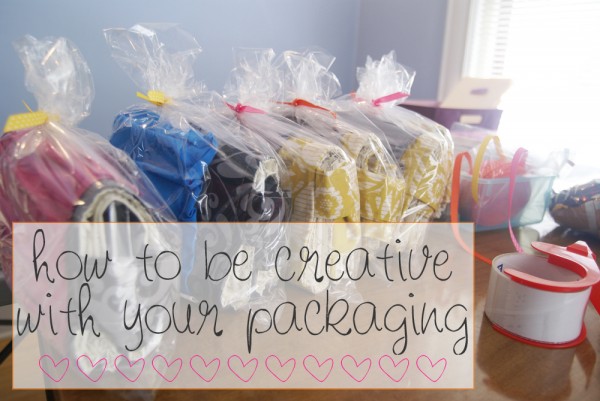Small Business Product Packaging Tips and Guidelines

When brand design agencies like Davison Williams are approached by newer and smaller businesses, it’s often to rectify a problem that’s already causing something of a headache. There’s really no denying the fact that when it comes to setting up a business and releasing a product for the very first time, one of the most exciting processes of all is that of coming up with the packaging that’s going to represent the very front-line of its marketing push.
However, unless you’ve been in the business for long enough to learn all there is to learn about the ins, outs, successes and failures of thousands of different product packaging and labelling approaches, you’re effectively voyaging into uncharted territory. Bigger businesses have no real cause for concern when it comes to trial and error with their own packaging approaches, but in the case of smaller businesses without excessive capital to throw at the venture, it can be a case of success or bust the first time at bet.
This, in a nutshell, is why professional insight from day one is highly recommended in all instances.
Of course, there will always be those that prefer to go it alone and some will indeed meet with untold success. So, in the spirit of preventing as many unnecessary failures as possible and giving more smaller businesses the chance to rub shoulders with the bigger boys, here’s a quick overview of the most essential of all product packaging guidelines for smaller businesses:
Right off the bat, it’s important to bear in mind that in the eyes of the buyer there’s just as much to be said for the form of the packaging as its basic functionality. For example, when and where you see something as simple as a packet of biscuits that’s been wrapped up and presented in a box that seems to be offering more protection than an intensive care unit, you get the feeling that the products inside are extremely valuable and worth looking after…even if they aren’t. It’s never a good idea to fool folk into thinking what’s inside is better than it actually is, but at the same time there’s no escaping the value of a brilliantly designed product package that’s sublime in terms of form and function alike.
Simplicity has the potential to work wonders, but at the same time there’s much to be said for standing out from the crowd. If you are planning to sell a product that’s even 1% similar to any other product already on the shelves, you need to find a way of making it stand out from the crowd. You may know it’s a superior product through and through, but in order to get this across your target market you need to get them to buy it – which means getting them to choose it over rival products. As such, it’s never in your favour to design your packaging too similar to any of your rivals, or to make something that’s far too easy just to overlook.
These days, consumers across the board are increasingly particular when it comes to demanding to know exactly what’s in any given box of wrapper before being willing to buy it. Folk just aren’t willing to take chances on unknowns for the simple reason than there are far too many brands out there falsely advertising what turns out to be a large serving of disappointment. As such, it’s a good idea to either think about having at least a small clear area for the contents to be seen, or using an actual image of the product itself somewhere on the outside. Surely, if you’re proud of what you’re offering, you’ve nothing to hide, right?
If you intend to sell your product exclusively online, you won’t have to make nearly the same number of key choices as if you were selling it in a store. The reason being that when selling online, you can focus on the product itself and use a variety of images to get across what you’re selling – the box/wrapper not counting for quite as much. By contrast, if you want your product to leap off the shelves in a store and sell your product, if has to be eye-catching, relevant, professional and complete with all essential information about the product.
Last but not least, while the benefit of siding with the professionals from day one is of course obvious, this doesn’t mean that it’s ever too late to bring in the expertise of a third-party branding and packaging service. Even if only to cast an impartial and fresh eye over your idea, it’s the kind of input that’s well and truly worth its weight in gold.
